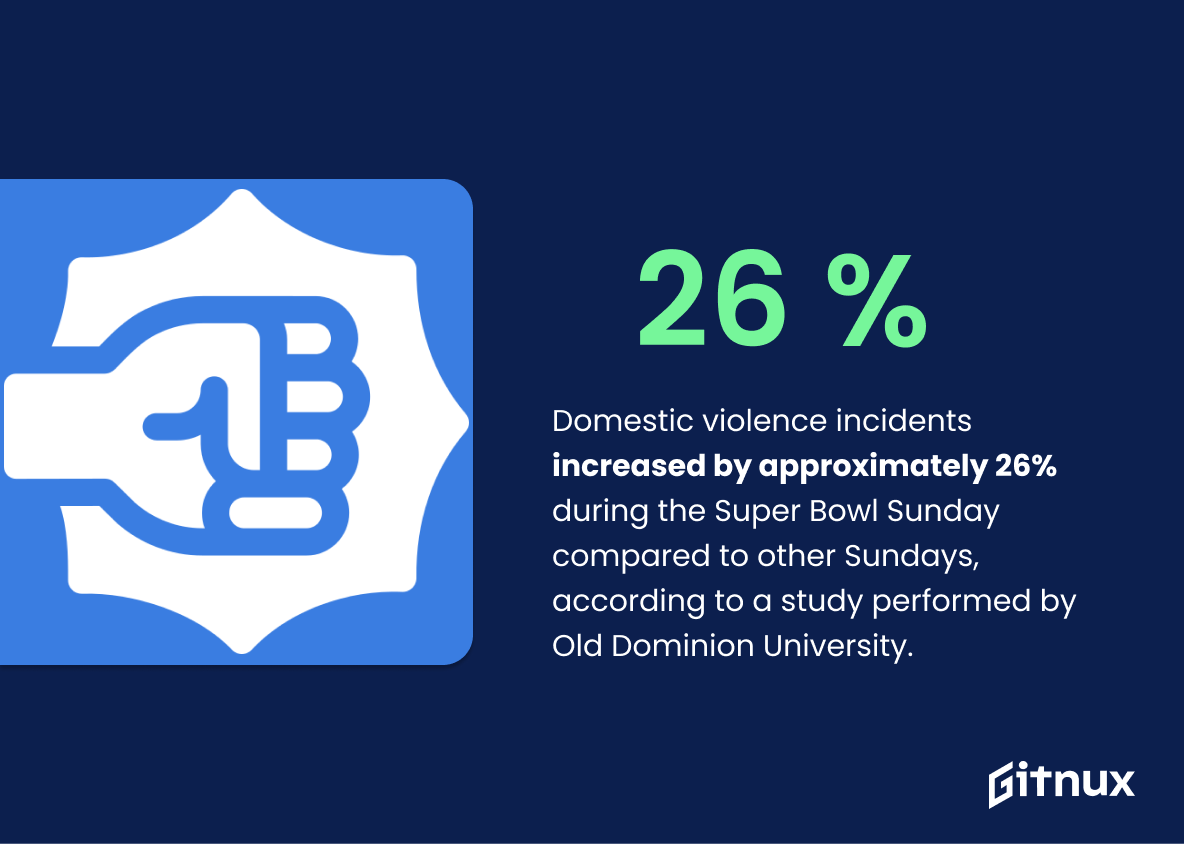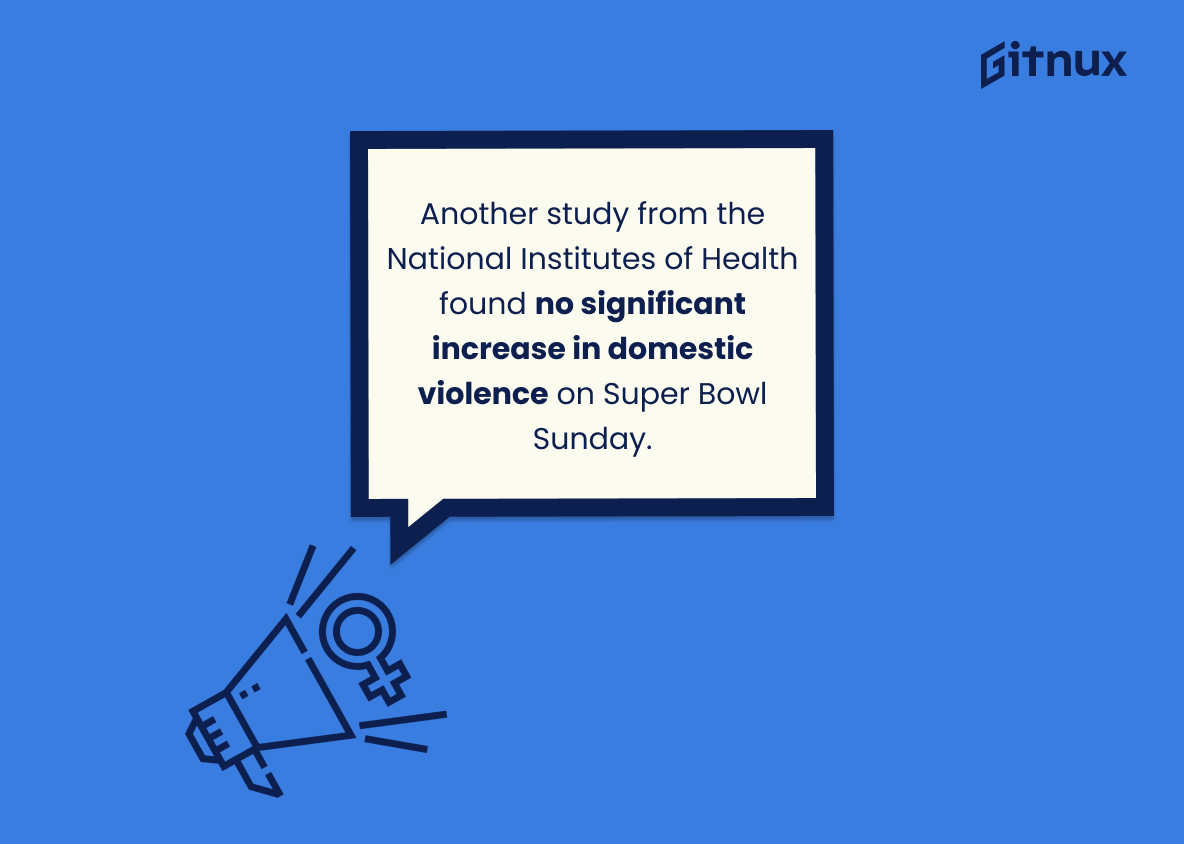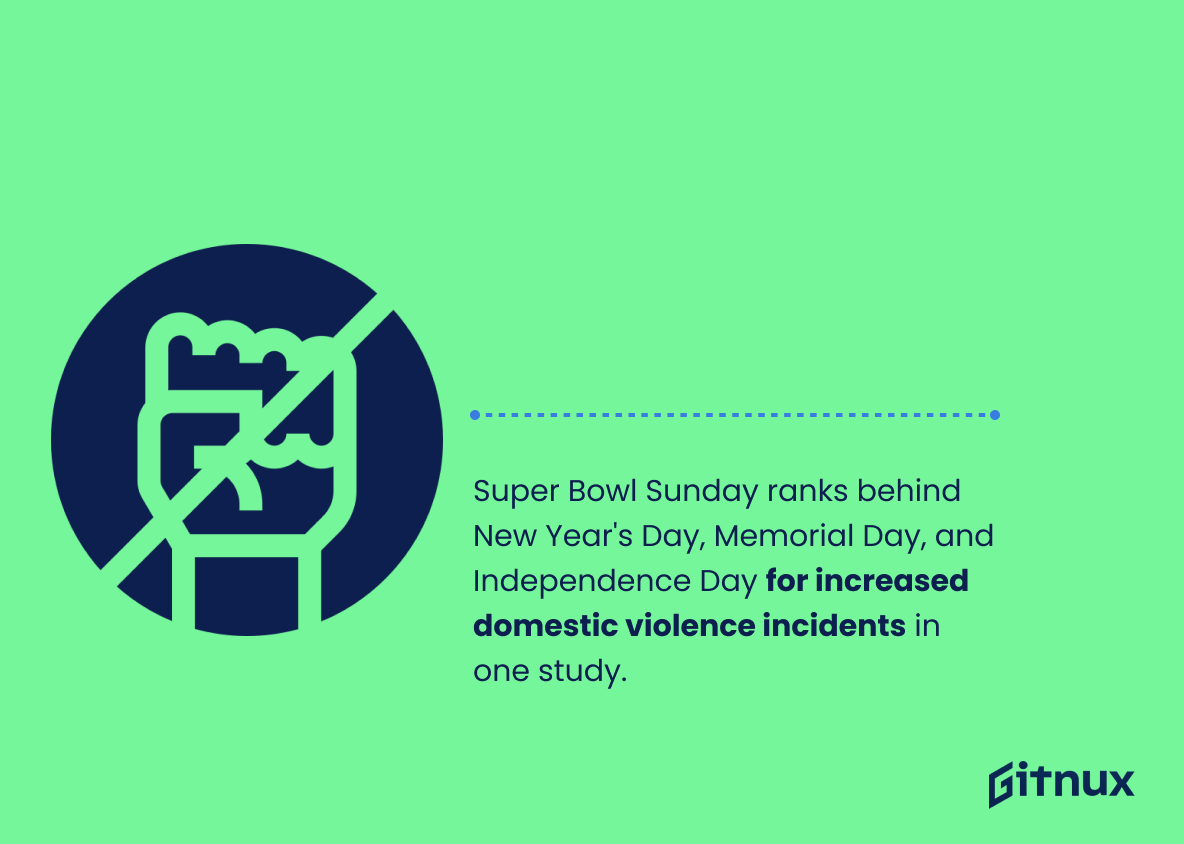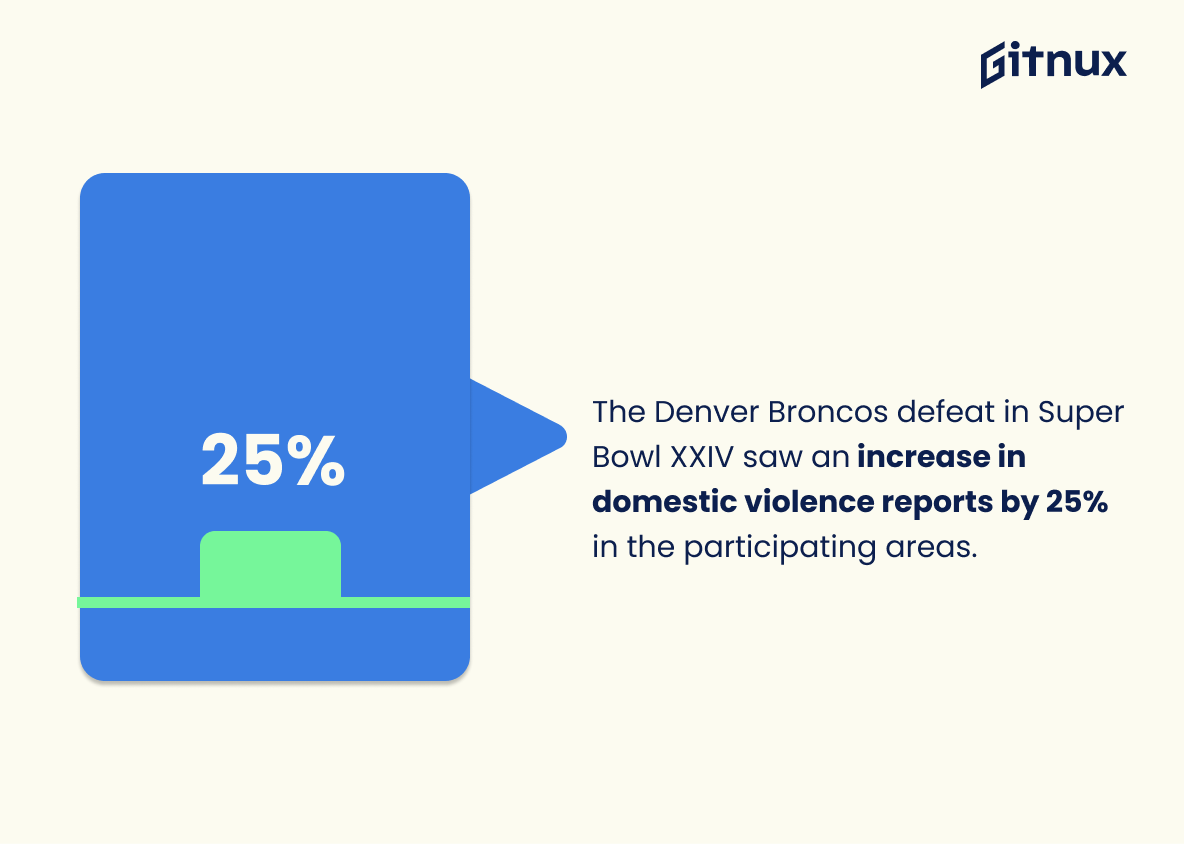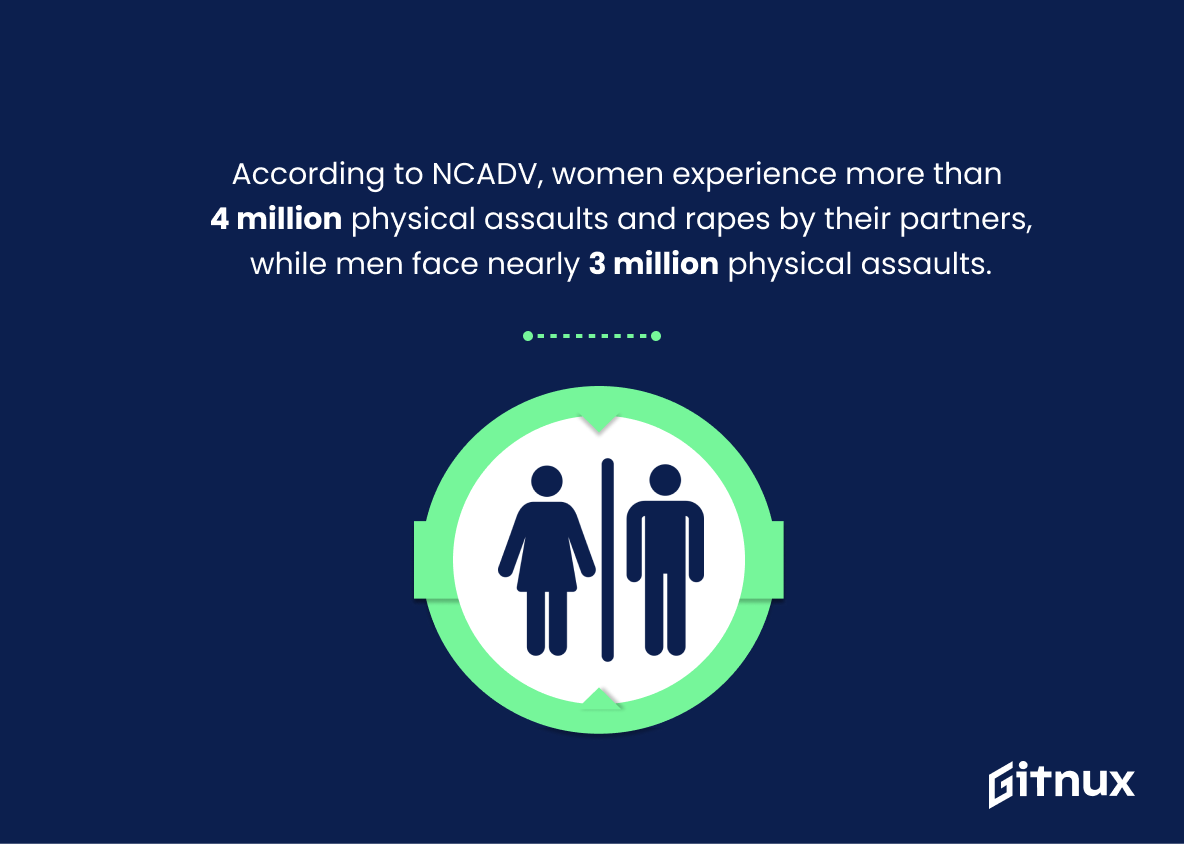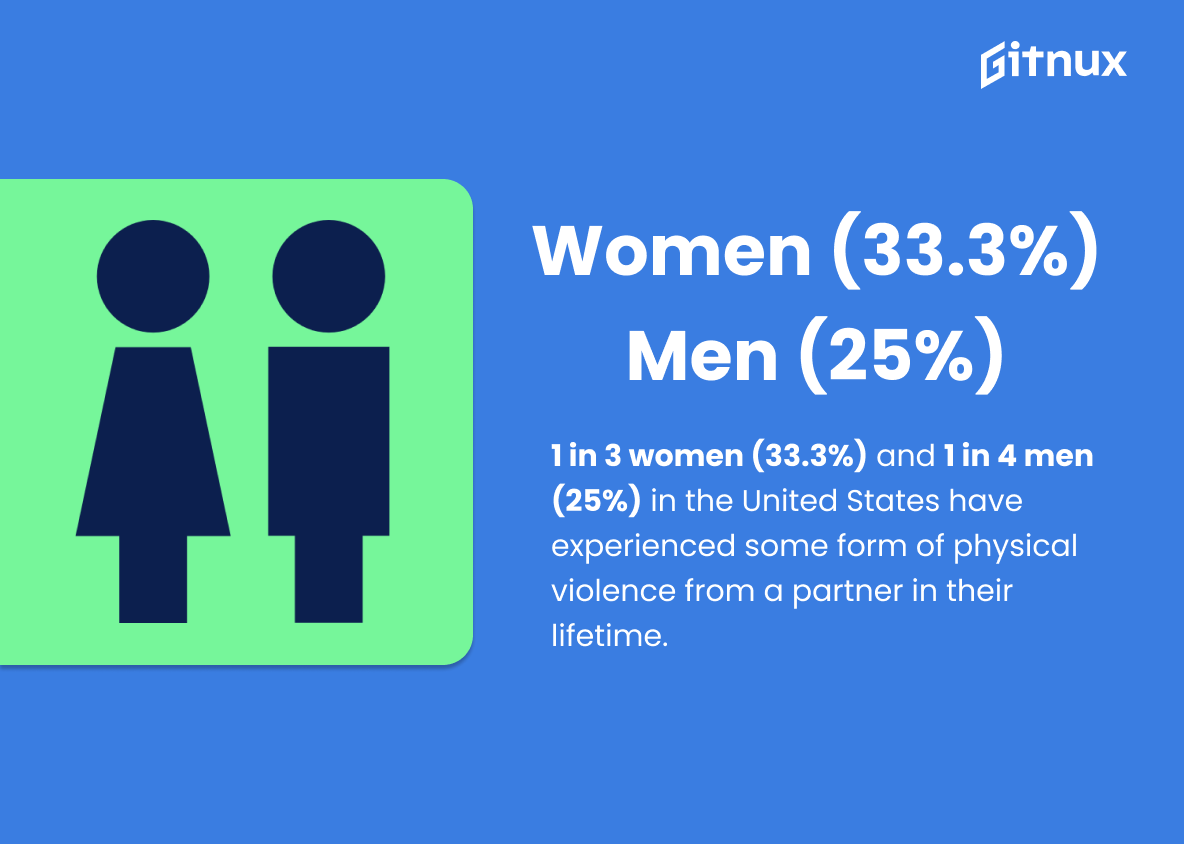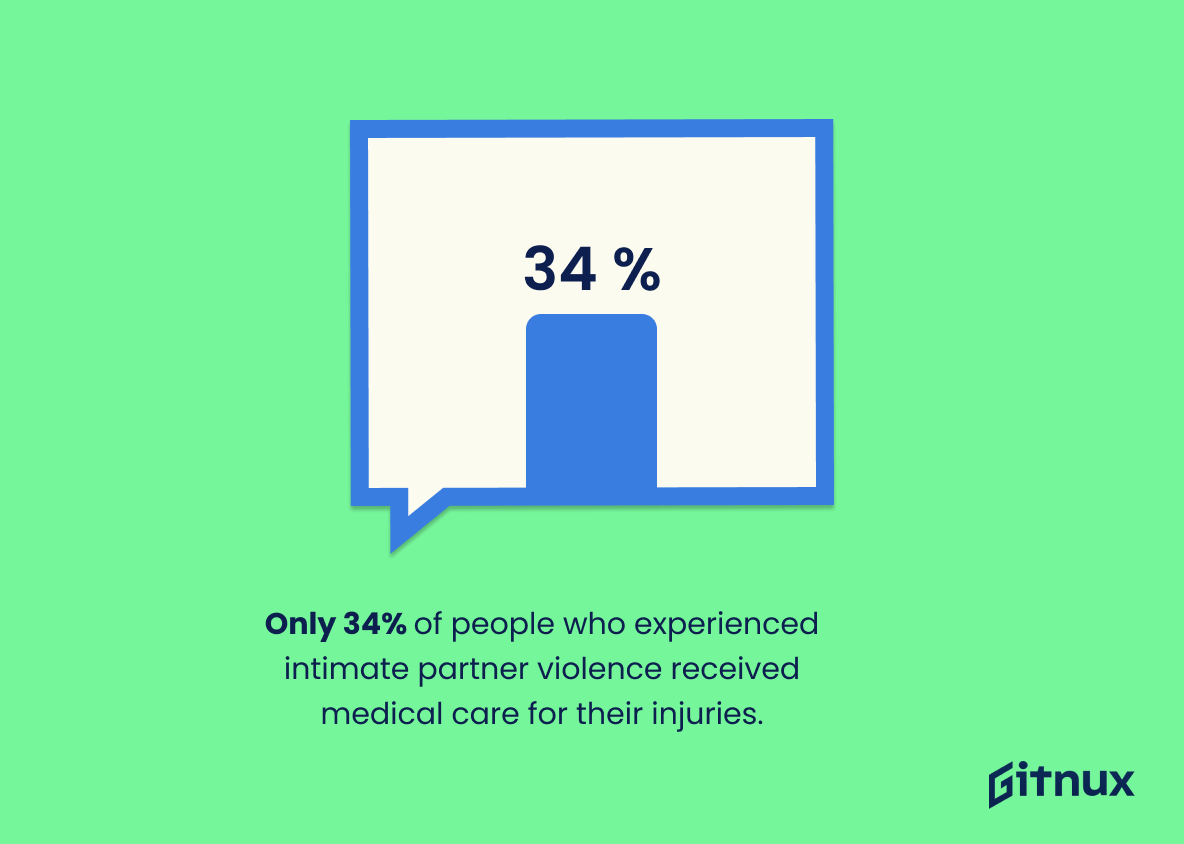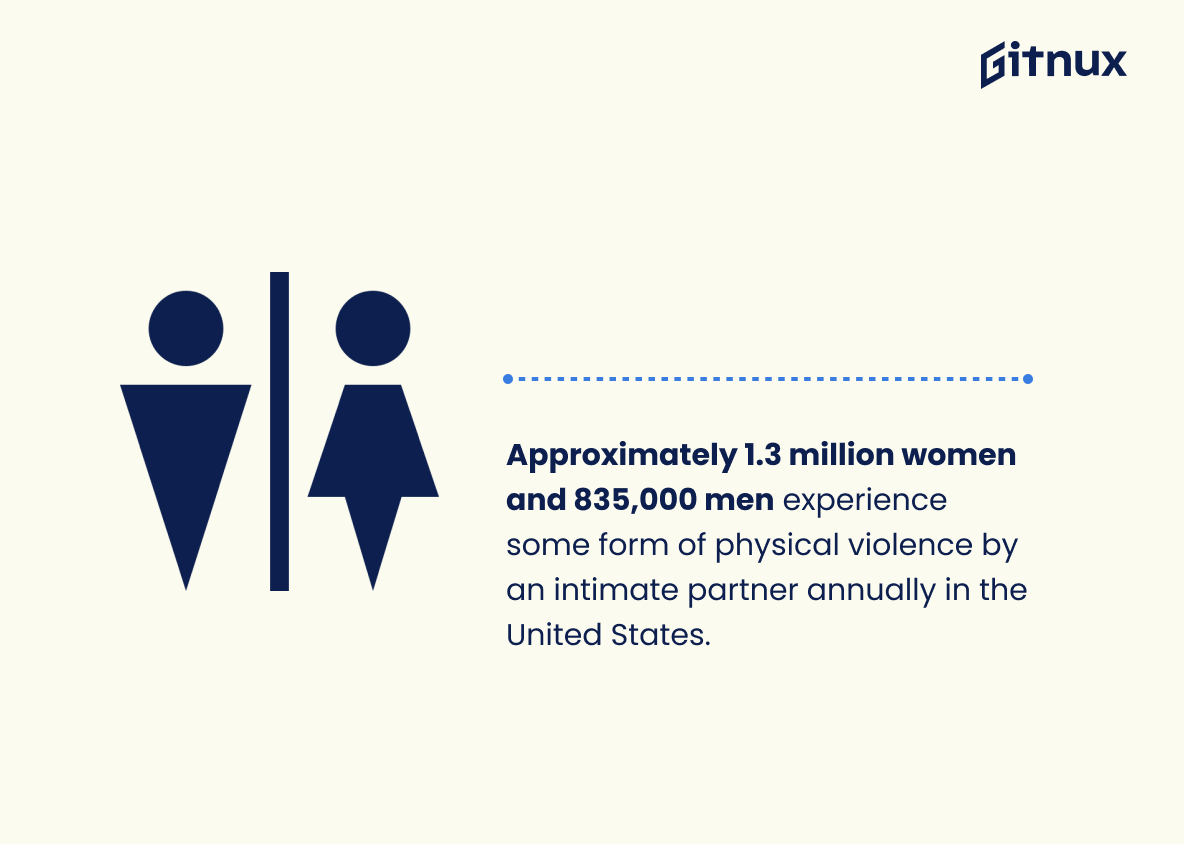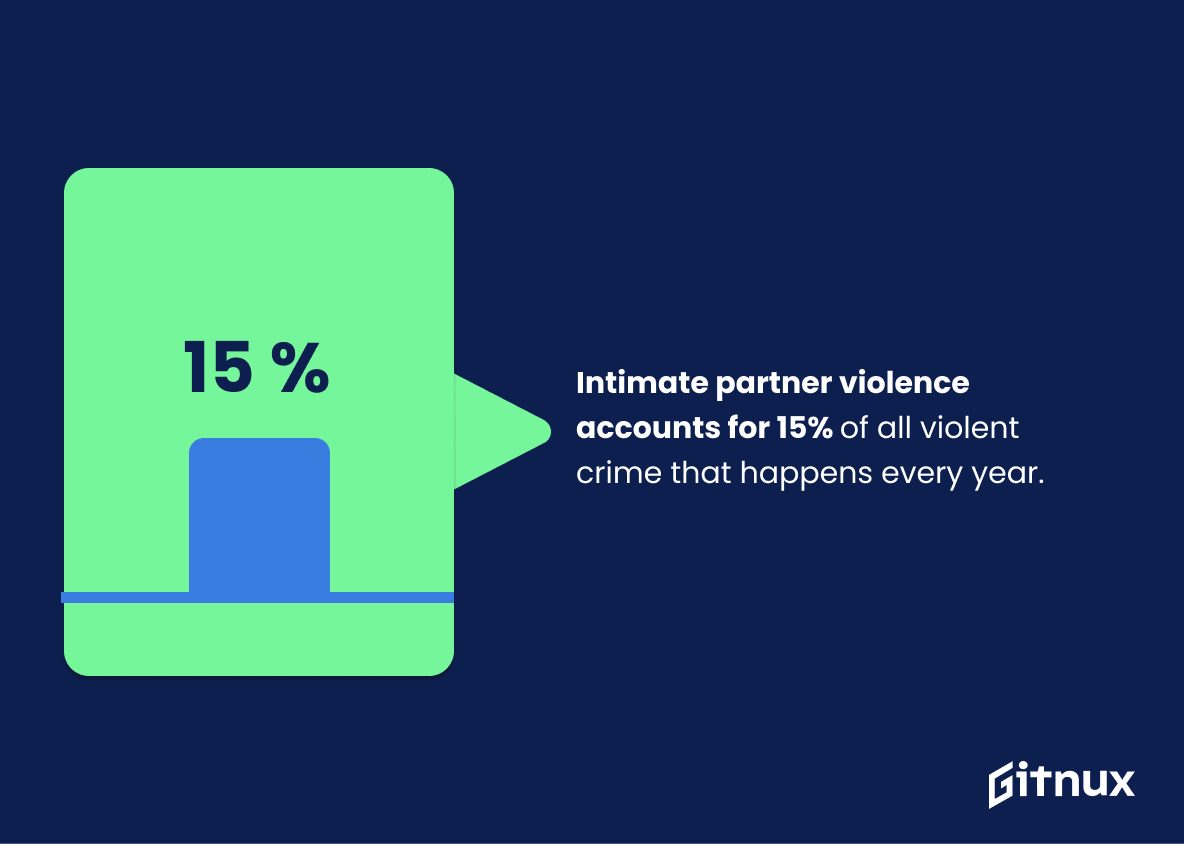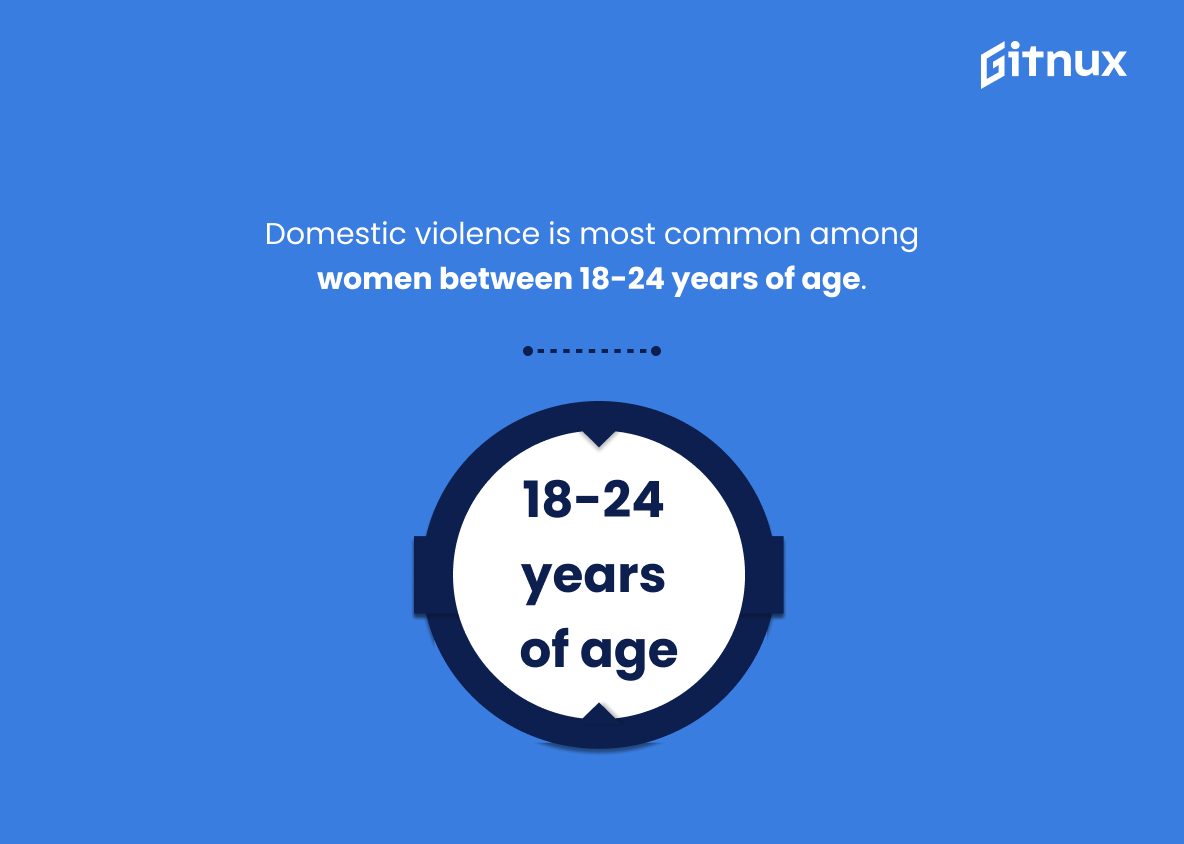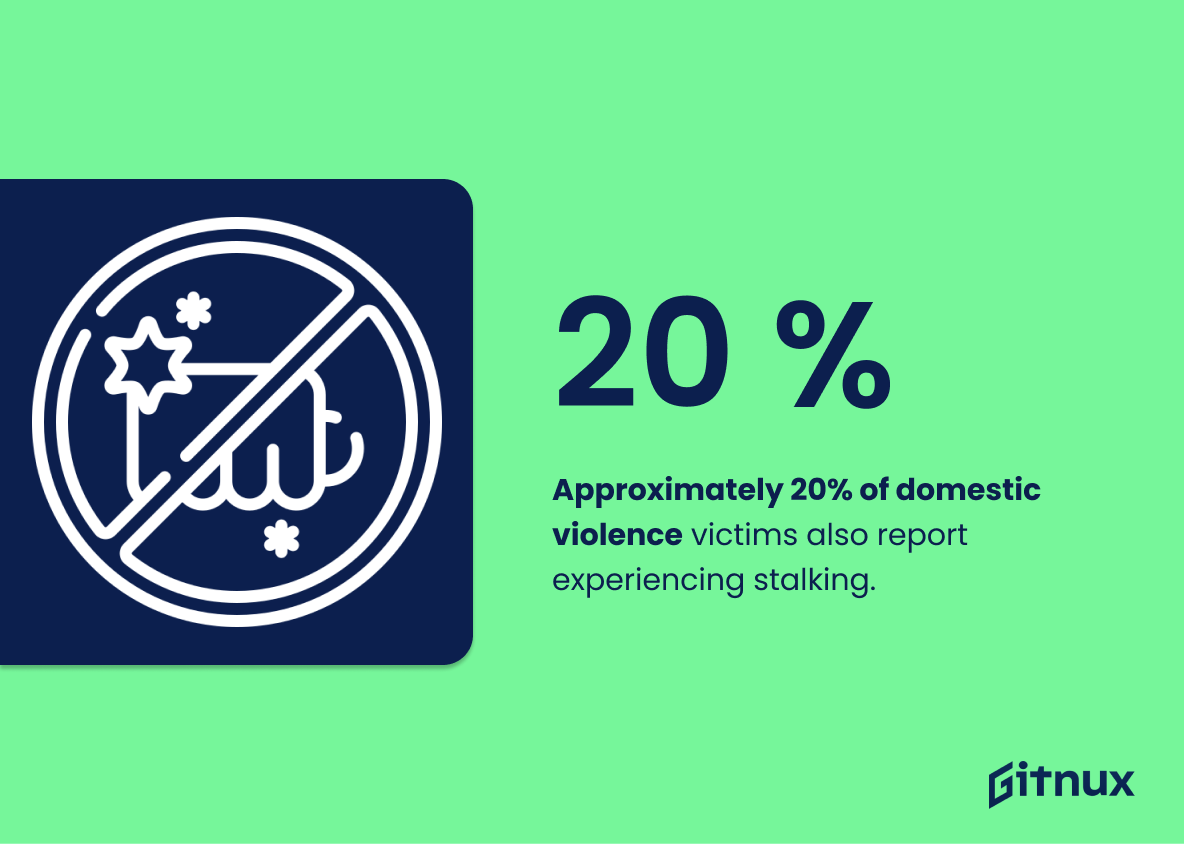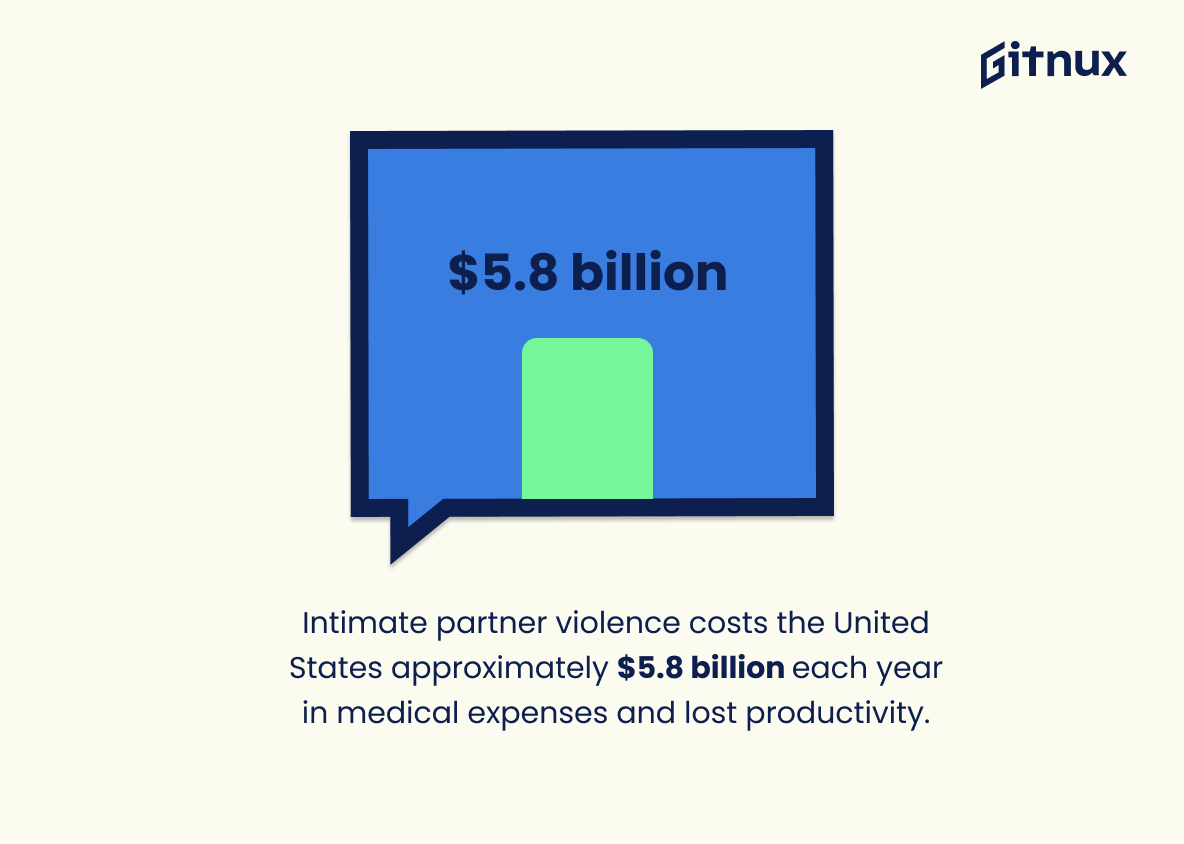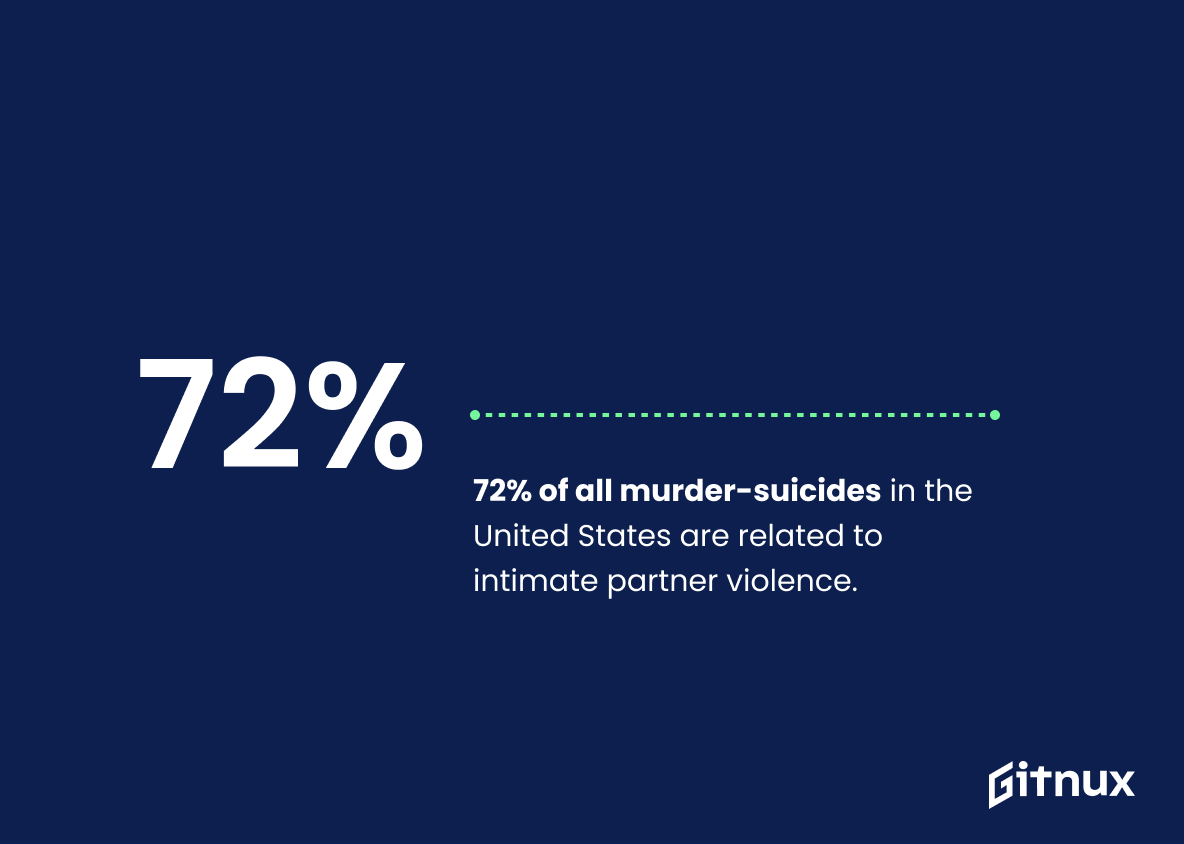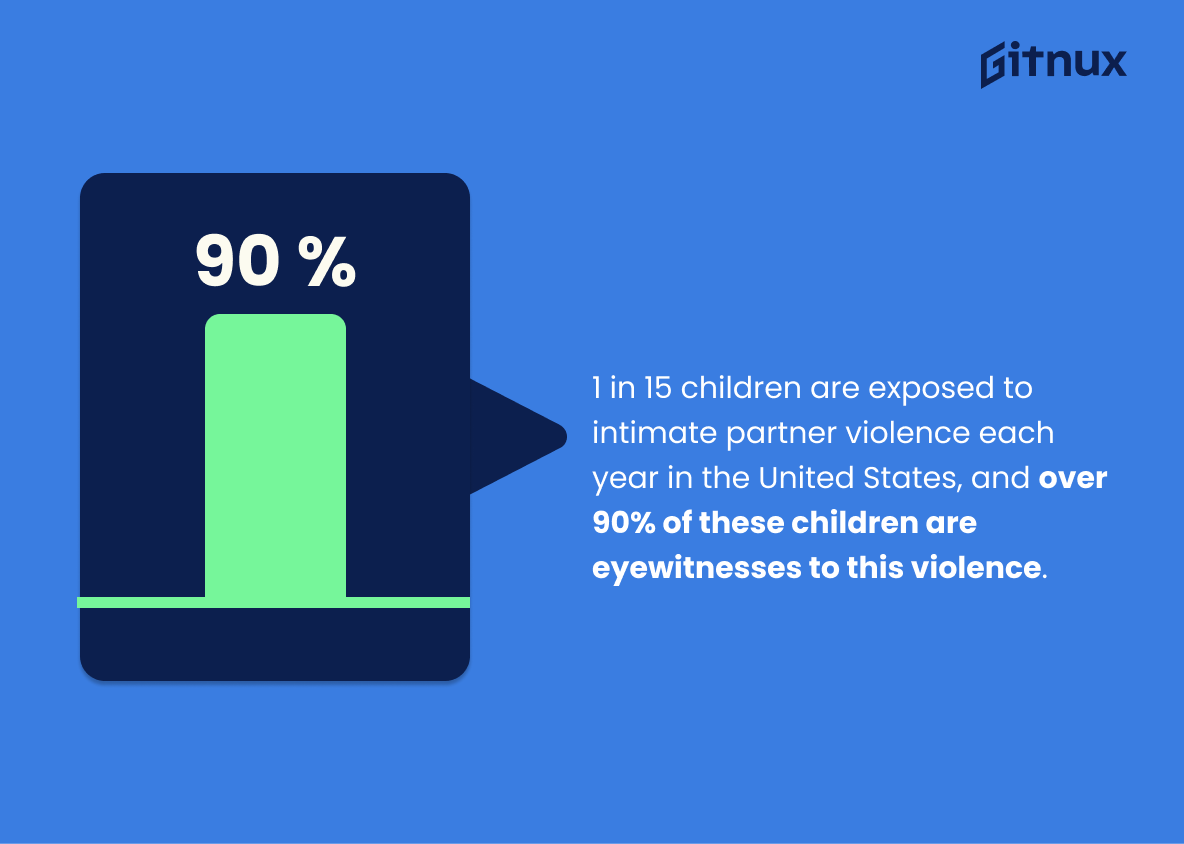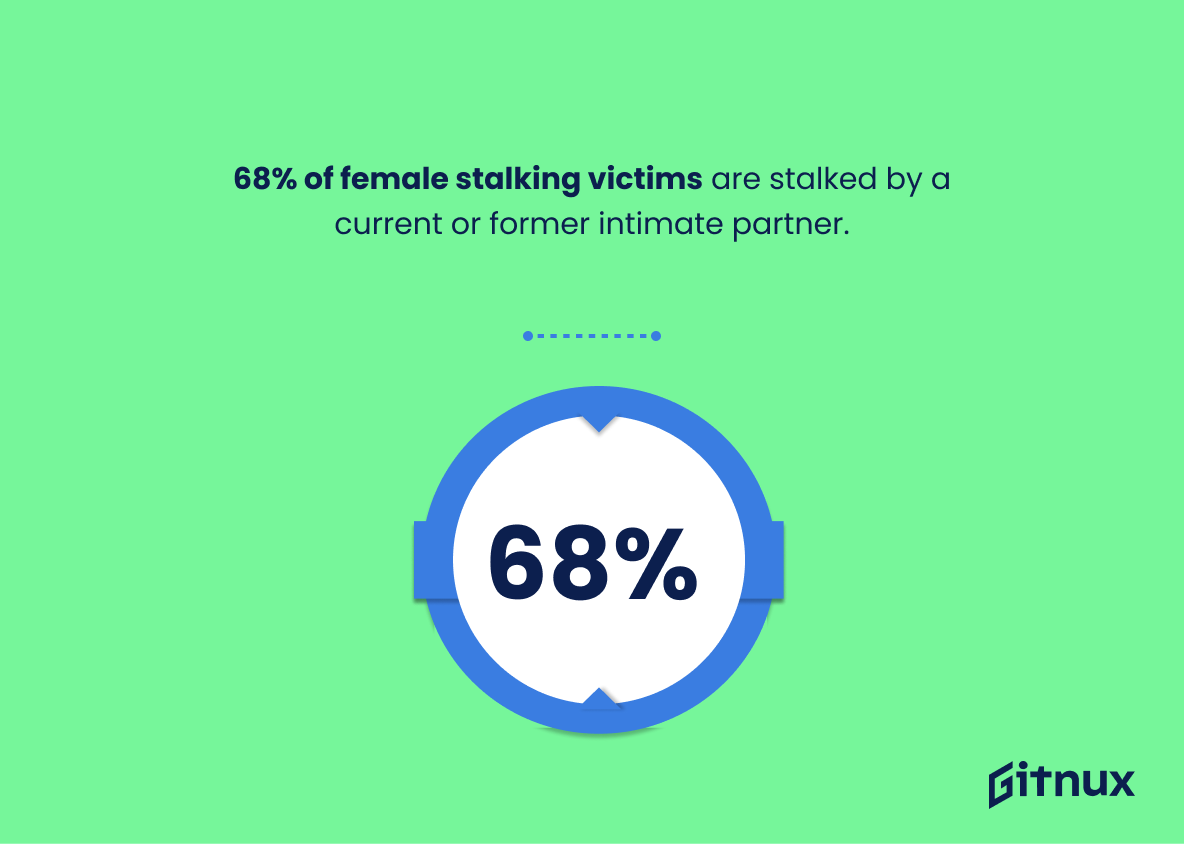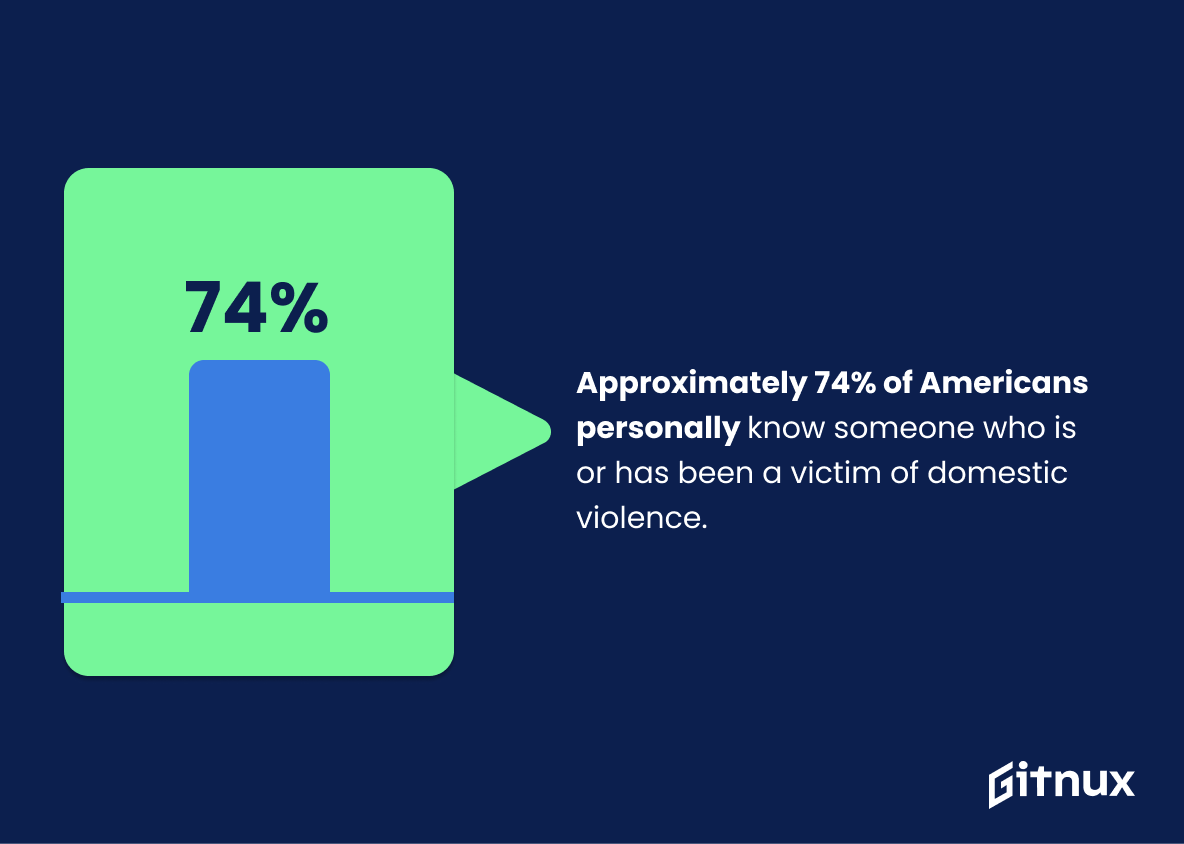Domestic violence is a serious issue that affects millions of people in the United States every year. While it can occur at any time, some studies have suggested that there may be an increase in domestic violence incidents on Super Bowl Sunday compared to other Sundays. In this blog post, we will explore 20 statistics about domestic violence and its connection to the Super Bowl. We’ll look at data from various sources such as Old Dominion University, National Institutes of Health, Journal of Family Psychology, Denver Broncos defeat in Super Bowl XXIV and more. By understanding these facts and figures related to domestic violence around major sporting events like the Super Bowl, we can better understand how best to prevent it from happening again in our communities.
This statistic is a stark reminder of the reality that domestic violence incidents spike during the Super Bowl Sunday. The study conducted by Old Dominion University highlights the need for increased awareness and prevention of domestic violence during this time of year. It is a call to action for everyone to take a stand against domestic violence and to ensure that the Super Bowl Sunday is a safe and enjoyable experience for all.
Another study from the National Institutes of Health found no significant increase in domestic violence on Super Bowl Sunday.
This statistic is important in the context of a blog post about Super Bowl Domestic Violence Statistics because it serves as a reminder that, despite the popular narrative, there is no evidence to suggest that domestic violence increases on Super Bowl Sunday. This is an important point to make, as it helps to dispel the myth that domestic violence is more likely to occur on this day.
Super Bowl Domestic Violence Statistics Overview
Super Bowl Sunday ranks behind New Year’s Day, Memorial Day, and Independence Day for increased domestic violence incidents in one study.
This statistic is a stark reminder that, even during a time of celebration, domestic violence remains a serious issue. It serves as a reminder that, even on a day as widely celebrated as the Super Bowl, domestic violence is still a reality for many people. This statistic is a call to action to ensure that everyone is safe and protected, no matter the day or occasion.
The Denver Broncos defeat in Super Bowl XXIV saw an increase in domestic violence reports by 25% in the participating areas.
This statistic serves as a stark reminder of the devastating effects that the Denver Broncos’ defeat in Super Bowl XXIV had on the participating areas. It highlights the fact that domestic violence reports increased by a staggering 25%, demonstrating the extent to which the game had a negative impact on the community. This statistic is an important one to consider when discussing Super Bowl Domestic Violence Statistics, as it serves as a reminder of the potential consequences of such events.
According to NCADV, women experience more than 4 million physical assaults and rapes by their partners, while men face nearly 3 million physical assaults.
This statistic is a stark reminder of the prevalence of domestic violence in our society, particularly against women. It highlights the need for greater awareness and action to be taken to protect victims of domestic violence and to prevent further abuse. It also serves as a reminder that domestic violence is not limited to any one gender, as men are also victims of physical assault. This statistic is an important part of the conversation surrounding Super Bowl Domestic Violence Statistics, as it provides a sobering reminder of the reality of domestic violence in our society.
1 in 3 women (33.3%) and 1 in 4 men (25%) in the United States have experienced some form of physical violence from a partner in their lifetime.
This statistic is a stark reminder of the prevalence of domestic violence in the United States. It highlights the fact that physical violence from a partner is an issue that affects both men and women, and that it is a problem that needs to be addressed. It is especially relevant in the context of the Super Bowl, as the event has been linked to an increase in domestic violence incidents. This statistic serves as a reminder that domestic violence is a serious issue that needs to be taken seriously.
Only 34% of people who experienced intimate partner violence received medical care for their injuries.
This statistic is a stark reminder of the reality that many victims of intimate partner violence are not receiving the medical care they need. It highlights the need for increased awareness and resources to ensure that victims of domestic violence are able to access the medical care they need to heal from their injuries.
Approximately 1.3 million women and 835,000 men experience some form of physical violence by an intimate partner annually in the United States.
This statistic is a stark reminder of the prevalence of domestic violence in the United States. It is a sobering reminder that intimate partner violence affects millions of people each year, and that it is a serious issue that needs to be addressed. This statistic is especially relevant in the context of Super Bowl Domestic Violence Statistics, as the Super Bowl is often associated with an increase in domestic violence incidents. This statistic serves as a reminder that domestic violence is a serious issue that needs to be addressed, and that it is not something to be taken lightly.
Intimate partner violence accounts for 15% of all violent crime that happens every year.
This statistic is a stark reminder of the prevalence of intimate partner violence in our society. It serves as a reminder that domestic violence is a serious issue that needs to be addressed, especially during the Super Bowl season when domestic violence incidents tend to increase. This statistic highlights the importance of raising awareness about domestic violence and the need for prevention and intervention strategies to reduce the number of intimate partner violence incidents.
Domestic violence is most common among women between 18-24 years of age.
This statistic is a stark reminder that domestic violence is a pervasive issue that affects a large portion of the population, particularly young women. It is especially concerning in the context of the Super Bowl, as the event is often associated with an increase in domestic violence incidents. This statistic serves as a reminder that we must remain vigilant in our efforts to prevent and address domestic violence, especially among young women.
Approximately 20% of domestic violence victims also report experiencing stalking.
This statistic is a stark reminder that domestic violence and stalking often go hand in hand. It highlights the need for increased awareness and prevention of both domestic violence and stalking, especially during the Super Bowl season when domestic violence incidents tend to spike.
Intimate partner violence costs the United States approximately $5.8 billion each year in medical expenses and lost productivity.
This statistic serves as a stark reminder of the devastating economic impact of intimate partner violence. It highlights the immense financial burden that domestic violence places on the United States, and emphasizes the need for increased awareness and prevention efforts. It is a powerful reminder that domestic violence is not only a personal tragedy, but a financial one as well.
72% of all murder-suicides in the United States are related to intimate partner violence.
This statistic is a stark reminder of the prevalence of intimate partner violence in the United States, and how it can tragically lead to murder-suicides. It is a sobering reminder that domestic violence is a serious issue that needs to be addressed, especially during a time like the Super Bowl when domestic violence is often highlighted in the media.
1 in 15 children are exposed to intimate partner violence each year in the United States, and over 90% of these children are eyewitnesses to this violence.
This statistic is a stark reminder of the prevalence of domestic violence in the United States, and the devastating impact it has on children. It is a sobering reminder that even during a time of celebration, such as the Super Bowl, domestic violence is still a reality for many families. This statistic serves as a call to action to ensure that all children are safe and protected from violence in their homes.
68% of female stalking victims are stalked by a current or former intimate partner.
This statistic is a stark reminder of the prevalence of domestic violence in our society, particularly among intimate partners. It highlights the need for increased awareness and education about the dangers of domestic violence, especially in the context of the Super Bowl, which is often associated with excessive drinking and partying. It also serves as a reminder that domestic violence is not limited to physical abuse, but can also take the form of stalking, which can be just as damaging and traumatic for victims.
LGBTQ+ communities also face domestic violence, with 43.8% of lesbian women, 61.1% of bisexual women, and 37.3% of bisexual men having experienced rape, physical violence, or stalking by an intimate partner in their lifetime.
This statistic is a stark reminder that domestic violence is not limited to heterosexual relationships, and that LGBTQ+ individuals are disproportionately affected. It highlights the need for increased awareness and resources to support those in the LGBTQ+ community who have experienced domestic violence. This is especially pertinent in the context of a blog post about Super Bowl Domestic Violence Statistics, as it serves to broaden the conversation and emphasize the importance of recognizing and addressing domestic violence in all its forms.
Approximately 74% of Americans personally know someone who is or has been a victim of domestic violence.
This statistic serves as a stark reminder that domestic violence is a pervasive issue in the United States, one that affects far too many people. It highlights the fact that domestic violence is not just a statistic, but a reality that affects the lives of countless individuals and their families. This statistic is especially relevant in the context of a blog post about Super Bowl Domestic Violence Statistics, as it serves to emphasize the importance of raising awareness and taking action to prevent domestic violence.
Conclusion
Domestic violence is a serious issue that affects millions of people in the United States every year. While there are conflicting studies on whether or not domestic violence incidents increase during Super Bowl Sunday, it is clear that this type of abuse occurs far too often and can have devastating consequences for victims and their families. It is important to remember that anyone can be affected by domestic violence regardless of gender, age, race, sexual orientation or any other factor. If you or someone you know has experienced intimate partner violence, please reach out for help from organizations like the National Domestic Violence Hotline who provide support services 24/7.
References
0. – https://www.ncadv.org
1. – https://www.nnedv.org
2. – https://www.www.justice.gov
3. – https://www.apnews.com
4. – https://www.www.acf.hhs.gov
5. – https://www.www.nytimes.com
6. – https://www.pubmed.ncbi.nlm.nih.gov
7. – https://www.www.ncjrs.gov
8. – https://www.www.bjs.gov
9. – https://www.www.cdc.gov
10. – https://www.www.rainn.org
11. – https://www.digitalcommons.odu.edu
